In an earlier post I wrote about Benjamin Mildmay, Earl Fitzwalter, who inherited the manor of Moulsham in 1728 and proceeded to pull down his ancestor’s Tudor hall and replace it with a grand Palladian mansion, designed by the Italian architect Giacomo Leoni. Earl Fitzwalter died in 1756, leaving no children, so the ownership of the Moulsham estate passed to his cousin Sir William Mildmay, who belonged to the Springfield Barnes branch of the family.
William was created a baron in 1765 and was Sheriff of Essex in the same year. As Sir Henry Mildmay notes in his 1907 memoir of the family, William is the only Mildmay to have left any printed works, being the author of a number of texts that include accounts of his travels in England, Scotland, France and Italy. Sir William died in 1771 at Bath, where he had travelled ‘for the recovery of his health’. Like Benjamin Mildmay, he died without issue and thus his branch of the family became extinct.
William had married his cousin Anne, the daughter of Humphrey Mildmay of Shawford , Hampshire, and on his death she inherited all of his Essex properties, including Moulsham. Anne died in 1795 and her estates passed to her relative Jane, daughter of Carew Mildmay, also of Shawford. In 1786 Jane Mildmay had married Sir Henry Paulet St John, Bart., of Dogmersfield, Hampshire, who in 1790 took the name and arms of Mildmay by royal warrant, the family being known from that time as St. John Mildmay.
Sir Henry Paulet St John Mildmay was a Member of Parliament and was said to be ‘a clear and logical speaker’. Apparently there was a condition requiring his residence at Moulsham for three months in every year. However, in 1807 he explained to Parliament that four years earlier it had been found necessary to throw up military works within 400 yards of his house (i.e. Moulsham Hall). This was during the Napoleonic wars, when the threat of invasion was at its height. According to Sir Henry Mildmay’s memoir:
The works were commenced, and what with the multitudes employed on them, amounting to 1500 men, and the numbers brought to that part of Essex by the fear of invasion, which then prevailed, the neighbourhood assumed the appearance of an entrenched camp, all his outdoor property became endangered, his family alarmed, and he himself so inconvenienced that he obtained from Government relief by Act from the necessity of residing there, and compensation to be given him for the house and twenty acres of pleasure grounds at the rate of £400 a year.
The baronet went on to explain to Parliament ‘that about eighty years previously, the house had cost £70,000 in building; there were over fourteen rooms on a floor, one being sixty feet long; it was expensively furnished; the estate was worth £11,000 a year; and he would like to know what gentleman would think £400 a year compensation for being turned out of such a place.’ Apparently Sir Henry Paulet St John Mildmay eventually received £1300 for one year, and £600 for subsequent years, ‘as long as the land was occupied by His Majesty’.
This account is interesting in the detail it provides of Moulsham Hall’s grand scale, and the extent of its parkland or ‘pleasure grounds’, 20 acres equating to a little less than 10,000 square yards. We also get a vivid image of the disruption caused by the wartime fortifications. I wonder where the fortifications were that Sir Henry describes? We know there were barracks in what is now Wood Street. Perhaps the ‘military works’ were on the top of the hill overlooking Moulsham Hall, possibly where Wood Street meets what is now Galleywood Road? According to the same memoir, the works were ‘thrown up as part of the Chelmsford lines by J.T.Jones, later a Major-General, and builder of the famous earthworks at Torres Vedras’. (The Lines of Torres Vedras were fortifications ordered by Wellington and built in secrecy in 1809-10 to defend Lisbon against French forces during the Peninsular War.)
The military takeover proved to be the undoing of Moulsham Hall and it was never occupied again. As we know, the house was sold and then demolished in 1816. According to the memoir, in 1907 the stone Fitzwalter coat of arms from the pediment of the Hall could be found ‘fixed in the wall of a motor garage at Brentford, owned by Messrs. Johnson.’ Apparently it was 12 feet long and 6 feet high, but the crest was missing. How it ended up in that location, or if it’s still there, is not known.
We learn from the memoir that most of the paintings from Moulsham Hall were removed to the Mildmays’ other house at Dogmersfield in Hampshire, ‘and the red cloth hangings with large wide chairs en suite from the state bedroom are now [1907] in the drawing-room of that house’. Not only that, but we know that many of the Mildmay family records were also taken to Dogmersfield, where they would remain until they were eventually donated to the Essex county archives.
Dogmersfield was a manor house with a history that in some ways parallels that of Moulsham Hall. Like Moulsham, it was rebuilt in the early decades of the 18th century, by its then owner Ellis St. John, albeit on a slightly grander scale (the image above shows that Dogmersfield consisted of three storeys compared to Moulsham’s two). I’m not sure when the Mildmay family sold the house, but it was used as a school in the early 20th century and later became the novitiate and house of studies for the Catholic De La Salle Brothers. After that it was sold to the Vallance family, the owners of Daneshill School, which relocated from its previous home in Old Basing. The property was later sold on to an investor who had the intention of opening a health farm; however this never happened owing to a devastating fire that took place in 1981.
After changing hands a few more times, Dogmersfield House eventually re-opened as the Four Seasons Hotel Hampshire. Coincidentally, I stayed there with my family a few years ago, completely unaware at the time of its connection to the Mildmay family. When I began to study the history of Moulsham Hall, and particularly Earl Fitzwalter’s rebuilding of the house in the 18th century, it occurred to me that Dogmersfield was actually very similar in its construction. Moreover, the fact that Dogmersfield has survived more or less unspoilt can perhaps help us to understand what Moulsham Hall was like in its heyday.
Like Moulsham, Dogmersfield had a grand frontage with wings behind, built around a central courtyard. Here are a couple of photographs that I took of the hotel during our stay:
In future posts, I’ll be looking more closely at the design of Earl Fitzwalter’s rebuilt Moulsham Hall. For now, these pictures of Dogmersfield can perhaps bring home to us the scale of what was lost when Moulsham Hall was demolished two hundred years ago.
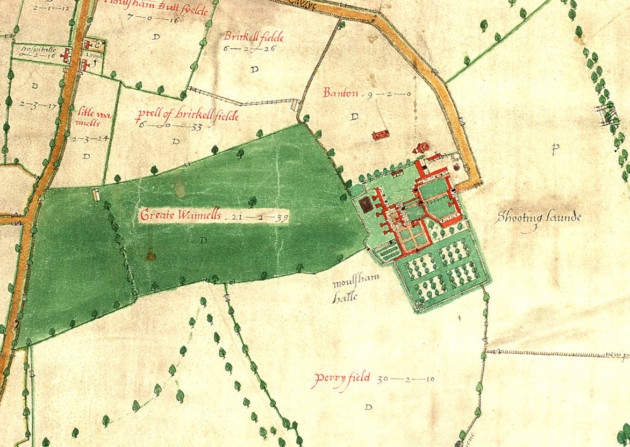
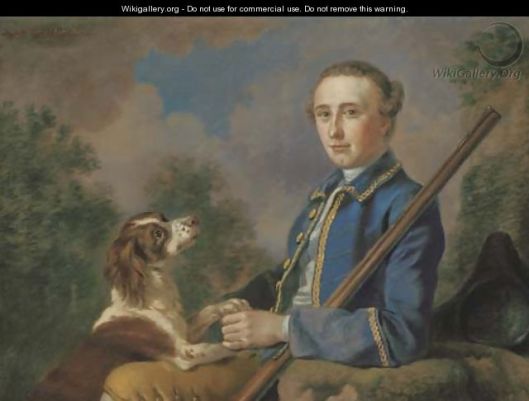
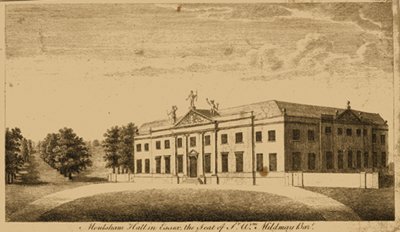
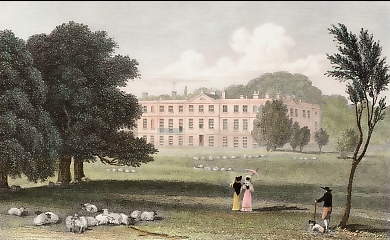
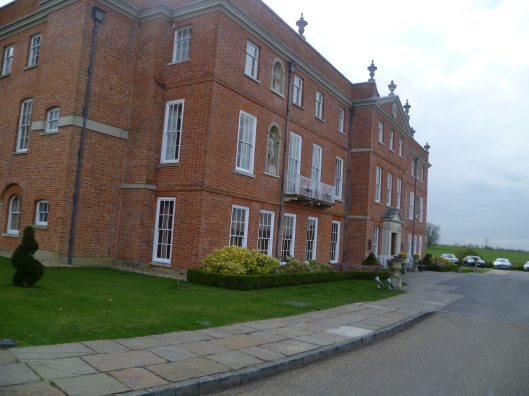
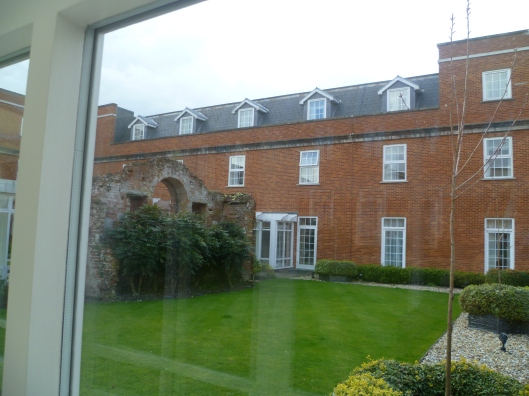
That is fascinating!
Like you I grew up in Moulsham – Moulsham Drive in fact – and went to both Moulsham infants and junior schools where Mr Petchey was Head and then on to KEGS where my father and brother had been. We were members of London Road Congregational Church and a younger brother went on to become a URC Minister and now Assistant General Secretary of URC. Ancestors were founding members of Baddow Lane Chapel and then the breakaway which became London Road URC.
We were Boys Brigade members in the old Sunday school buildings opposite the hospital.
I left Chelmsford after University in1964 and we now live in Winchester and surrounded of course by Mildmay family houses and St John Paulet connections.In fact my son lives next to Mildmay House in Twyford near the water meadows.
My ancestor Robert Church was Master of the Chelmsford Workhouse in 1749 and one his daughters married John Knightbridge and she ended up owning the Windmill Brewery on corner of Moulsham Street and Baddow Lane.
Roberts father was David Church who was born in Little Saxham in Suffolk in 1687. I am currently researching Little Saxham Hall and wondering about a connection between the family who entertained Charles 2nd there- and Samuel Pepys – and the Mildmays.
David was a saddler and came to Moulsham after living in London. I wondered if he was recommended from employment at the Hall in Saxham to Moulsham Hall.
Presumably the record offices might have stewards accounts?
Anyway, many thanks for sharing your research.
Peter Church
LikeLike